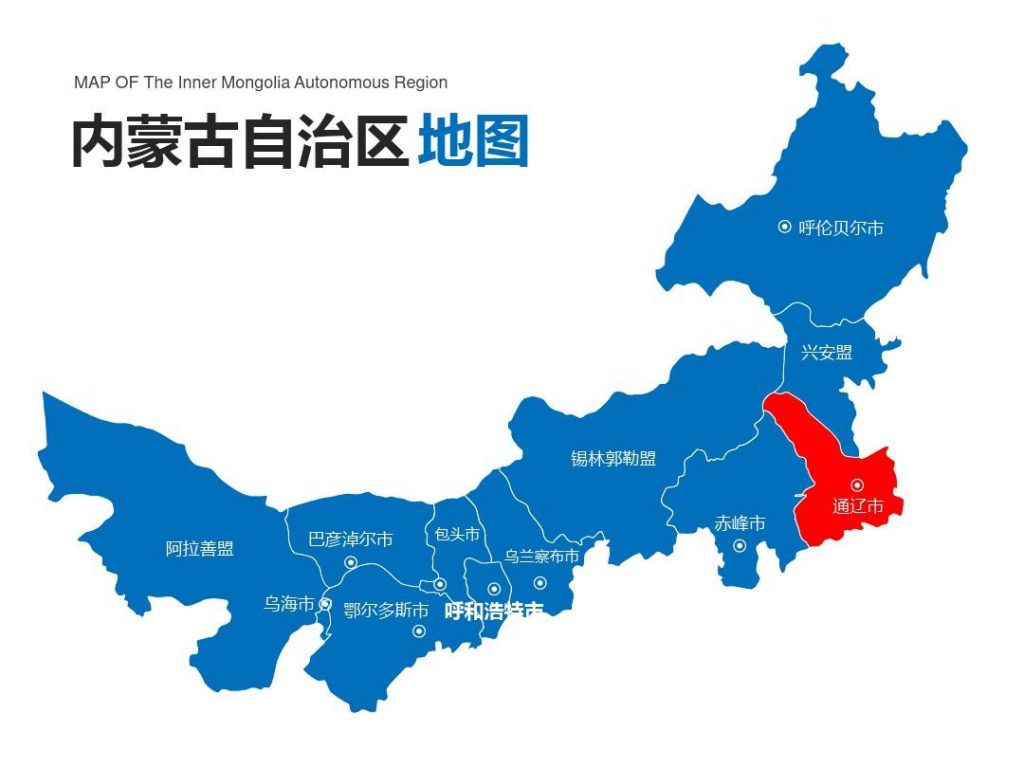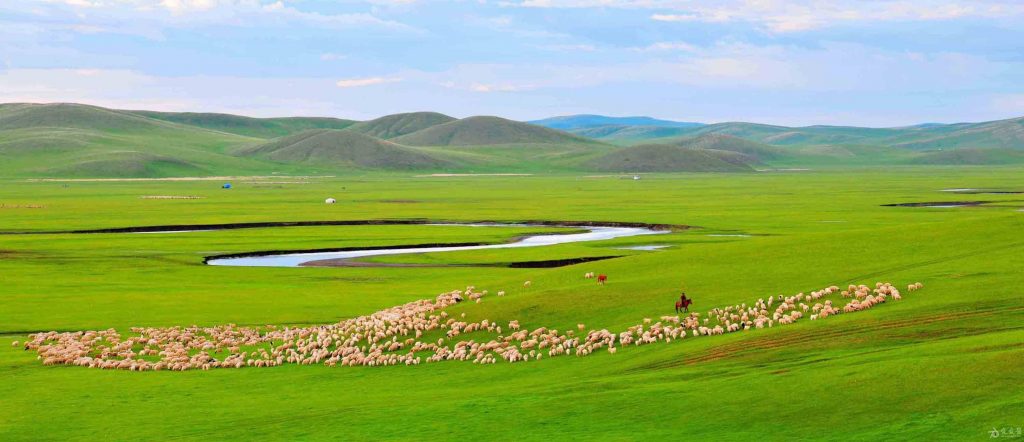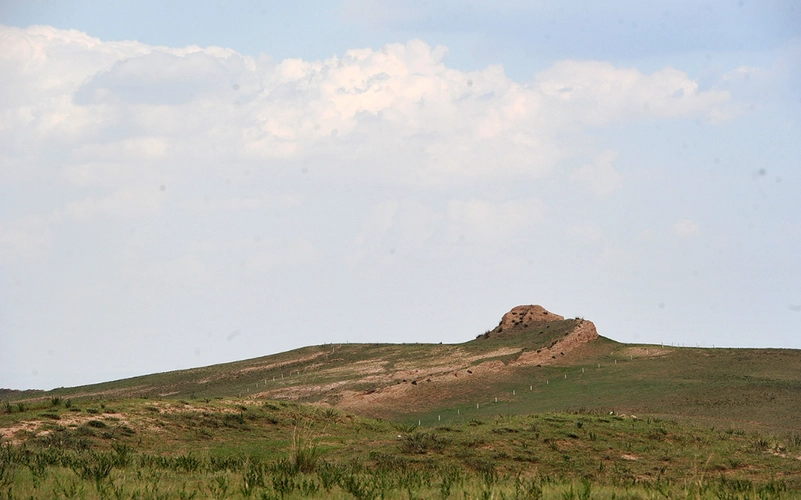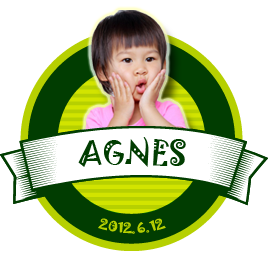
Inner Mongolia is a large and diverse region, so there are differences between people who live in the eastern and western parts of Inner Mongolia.
In general, the eastern part of Inner Mongolia is more densely populated and has a higher level of economic development compared to the west. The eastern part of Inner Mongolia is closer to Beijing and the Bohai Sea, and it has been influenced by the Han Chinese culture and economy for a longer period of time. As a result, the people in the eastern part of Inner Mongolia tend to have a more urban and cosmopolitan lifestyle, and there are more industries, commerce, and transportation networks in this region.

On the other hand, the western part of Inner Mongolia is more sparsely populated and has a more traditional Mongolian way of life. The western part of Inner Mongolia is closer to the grasslands and deserts, and the people there have historically relied on nomadic herding and agriculture for their livelihood. As a result, the people in the western part of Inner Mongolia tend to have a more rural and pastoral lifestyle, and there are more natural resources, such as grasslands, minerals, and water, in this region.

However, it’s important to note that Inner Mongolia is a diverse region with many different ethnic groups and subcultures, so these generalizations may not apply to everyone in the region.
In terms of customs, there are some differences between the people who live in the eastern and western parts of Inner Mongolia.
In the eastern part of Inner Mongolia, people tend to follow a more Han Chinese way of life, and they have been influenced by Han Chinese culture and traditions. For example, many people in the eastern part of Inner Mongolia celebrate traditional Chinese holidays such as the Spring Festival (Chinese New Year), Dragon Boat Festival, and Mid-Autumn Festival. They also tend to have a more sedentary lifestyle, with many people living in cities and working in modern industries such as finance, technology, and manufacturing.
In the western part of Inner Mongolia, people tend to follow a more traditional Mongolian way of life, and they have a stronger connection to their nomadic and pastoral roots. For example, many people in the western part of Inner Mongolia still practice traditional Mongolian customs such as herding, horse riding, and singing. They also celebrate Mongolian holidays such as Naadam, a traditional festival featuring wrestling, horse racing, and archery. Many people in the western part of Inner Mongolia still live in yurts, which are portable tents made of felt and wood, and they rely on livestock and agriculture for their livelihood.
Of course, it’s important to note that these are generalizations and that there is a great deal of diversity within Inner Mongolia, with many people blending traditional and modern lifestyles and customs.

